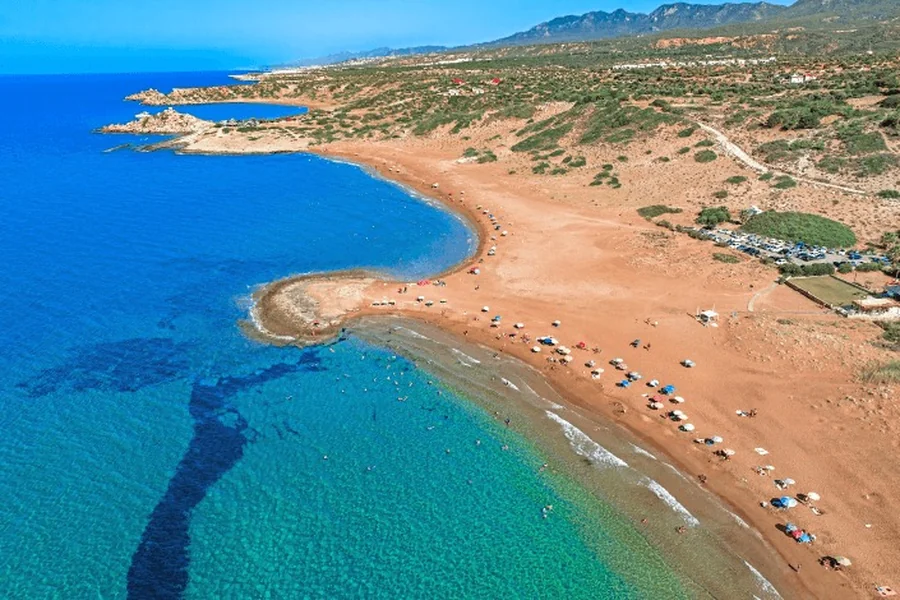Hidden Gems in Cyprus you Need to See

Cyprus is a place that many Brits visit each year, mostly due to its gorgeous Mediterranean landscapes and ancient historical landmarks. There’s much more to the island than its all-inclusive resorts and crowded beaches; this island hides incredible locations that very few get to see.
To help you escape from the bustle of tourist hotspots and spend time exploring the untouched beauty of Cyprus, here are just a handful of some of the best hidden gems at your doorstep.
Places to stay
When planning your Cyprus holidays, your first decision should be where you intend to stay. The island is divided into the North and South, with each offering something different.
The southern side of Cyprus is best suited to those after the typical summer getaway, which includes affordable poolside resorts and lively bars. You will find a wide range of accommodation in areas like Limassol and Paphos, from large hotels to family-run apartments.
If you much prefer the opposite, the northern side might be for you. Here, you can explore the Kyrenia Mountains at your own pace, as well as historical sites like the Salamis Ruins and St. Hilarion Castle. You’ll be able to experience the more rural side of the island without feeling overwhelmed.
Beaches
With over 300 days of sunshine a year, Cyprus is the ideal spot for those who’d rather spend their holiday relaxing in the sun. Nissi Beach near Ayia Napa in the south is a popular choice for its watersports, including banana boats and jet skis.
However, if you don’t fancy fighting for towel space, head to Lara Beach in the Akamas Peninsula. This protected area is a known nesting site for sea turtles. To visit, you’ll need a four-wheel-drive vehicle, but the journey is well worth it for the chance to spot turtles in their natural habitat and sunbathe without a worry in the world.
Ancient Ruins
Cyprus has a rather long and complex history, and the island’s variety of archaeological sites is a great reflection of this.Visit the ancient city of Salamis in the north, where you’ll find the ruins of a Roman amphitheatre and a gymnasium, offering a glimpse into what life was like here thousands of years ago.
Another is the Tombs of the Kings near Paphos, which, despite their name, are not actually tombs of kings but rather of wealthy aristocrats from the 4th century BC. The UNESCO World Heritage Site may no longer contain any real treasure; however, it does offer the chance to witness ancient burial practices and beautiful Paphos architecture.
Cuisine
Cypriot cuisine is a reflection of Greek and Turkish influences, meaning it mostly consists of fresh vegetables, seafood, pulses, and cheese. Avoid eating only in tourist restaurants; instead, seek out a local taverna in a village away from the main resorts where the locals go. Here, you can try traditional meze, which is a selection of small dishes that allow you to sample different local specialities at once. You can taste halloumi, the country’s famous cheese, which is often grilled and served with a squeeze of lemon.
You should also order souvla, which is typically large pieces of chicken or lamb cooked slowly on a charcoal grill. It’s something you don’t usually get the opportunity to try at home, so do so while you can.








